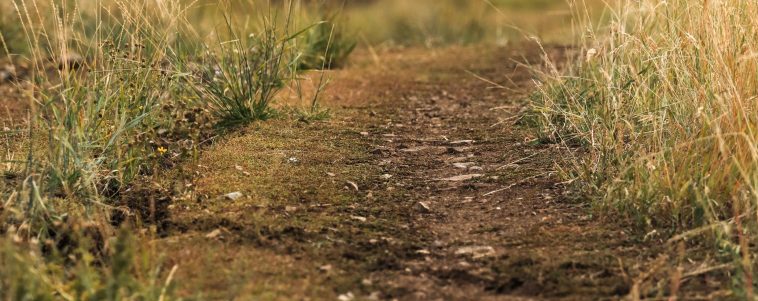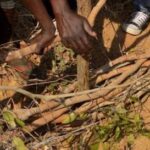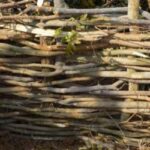What is soil erosion?
Soil erosion is caused by run-off water that flows unchecked over soil surfaces that are no longer adequately protected by a plant cover. Gullies, or dongas, are deep gouges in the earth which are formed as the topsoil and subsoil is washed away to lower lying areas where it ends up in rivers and also silts up dams and weirs (see Photo 1). Eventually the soil ends up in estuaries by the sea where it smothers marine life.
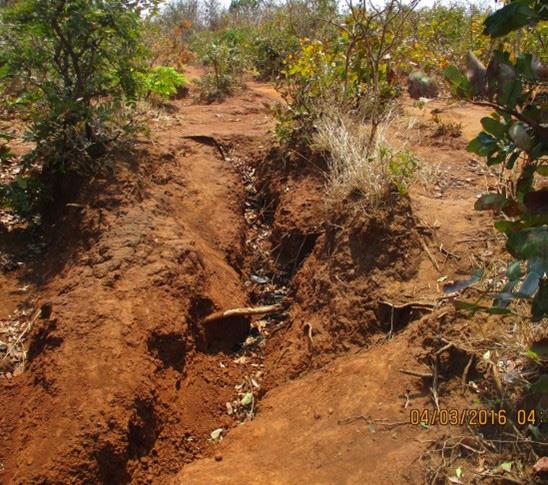
Photo 1: A deep gulley is formed where water rushed down the bare slope (Illustrations provided by Conservation Management Services).
Footpaths used by animals and humans across the landscape, as well as run-off from agricultural croplands, can turn into rills and gullies, which can get bigger every time that it rains if the destructive flow of the water is not effectively slowed down (see Photo 2).
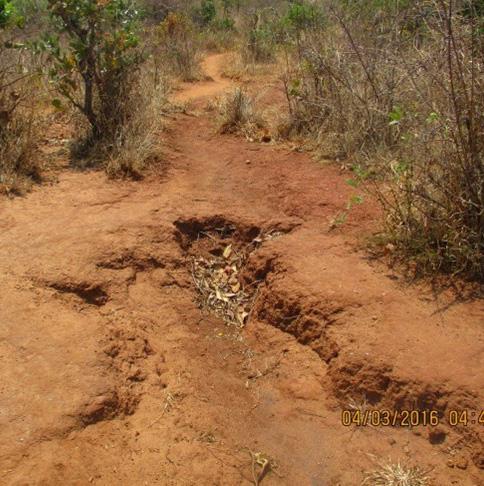
Photo 2: A much-used footpath is washed out to form a gulley.
To prevent soil erosion and the loss of precious topsoil, which contains the vital nutrients that plants need to grow and feed both humans and animals, the destructive force of erosive run-off water must be significantly slowed or even stopped. This implies that some kind of barrier needs to be erected to slow the flow of water rushing down a gulley, or over the soil surfaces alongside and in between the gullies, to prevent further soil erosion.
In part 2, we discussed the way in which Ken Coetzee and Wallie Stroebel of Conservation Management Services from George in the Western Cape solved the erosion problems for the charity, Wells for Zoe, at the Enyazini restoration project site in the Mzimba District in the northern parts of Malawi.
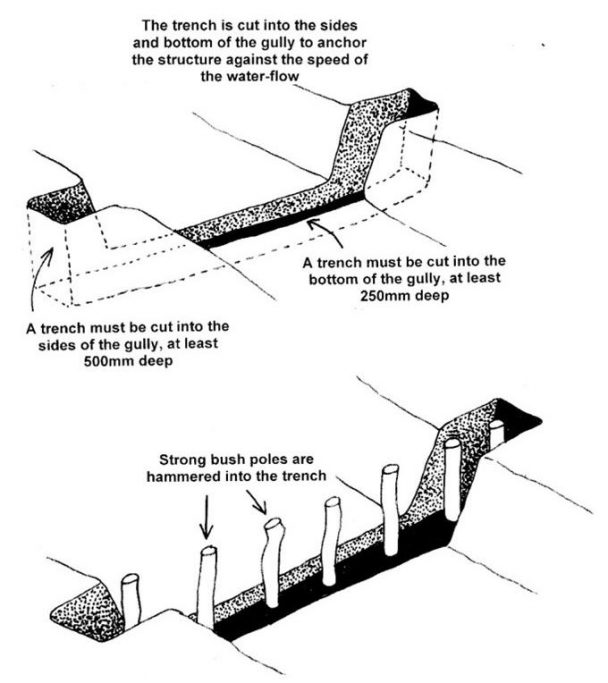
Figure 1A & 1B: The first steps in the construction of branch fences, A – preparation of a trench, and B – securing the vertical poles.
Solution
Branch fences, made by weaving supple branches through a row of poles planted across the gully, were installed to slow down the run-off water. These branch fences trap silt, organic material and seeds that wash down with the water. The branch fences must be installed at regular intervals from the top of the gully where the erosion starts to the end of the gully downstream. The steeper the slope, the closer these branch fences must be to each other because of the increased speed of water flow on steeper slopes.
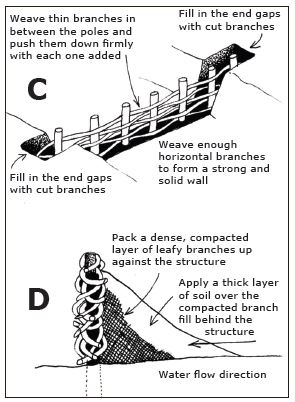
Figure 1C & 1D: The final steps in the construction of branch fences consist of: C – weaving horizontal branches in-between the poles, and D – applying layers of branches and soil on the up-side of the fence.
Step by step treatment of a gully
Starting at the top of the gully, install branch fences at intervals along the whole length of the gully, particularly the upper sections (see Figure 2). The brush fences are installed in the gully to trap silt and reduce the speed and erosive force of the run-off water. The branch fences must be installed at a right angle (90 degrees) to the flow of the water.
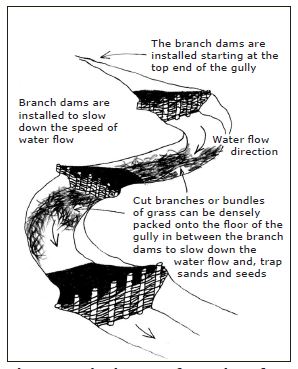
Figure 2: The layout of a series of branch fences in a gully.
Installing a branch fence
Dig a foundation trench of at least 250 mm deep in the bottom and 500 mm deep in the sides of the gully in which the branch fence must be constructed (see Figure 1A and Photo 3).
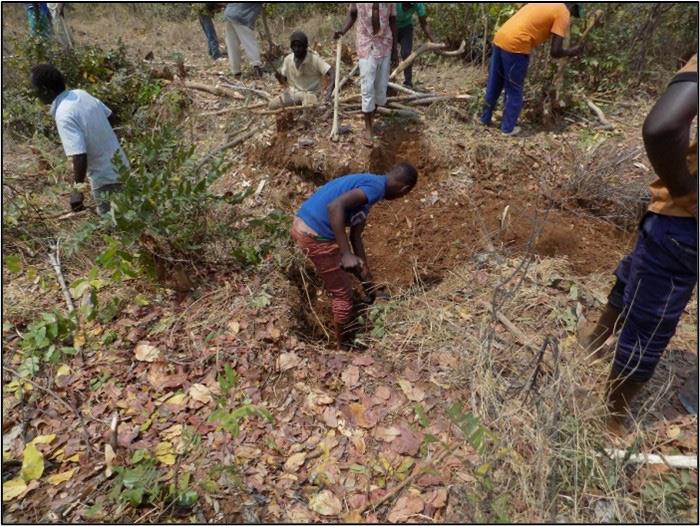
Photo 3: A trench is cut into the bottom and sides of the gully.
The trench must be cut into the bottom and the side walls of the gully. Hammer in support posts of at least 500 mm into the trench. These poles must be strong enough to withstand the pressure of the rushing water, as well as the silt that will build up against the front of the fence (see Figure 1B and Photo 4).
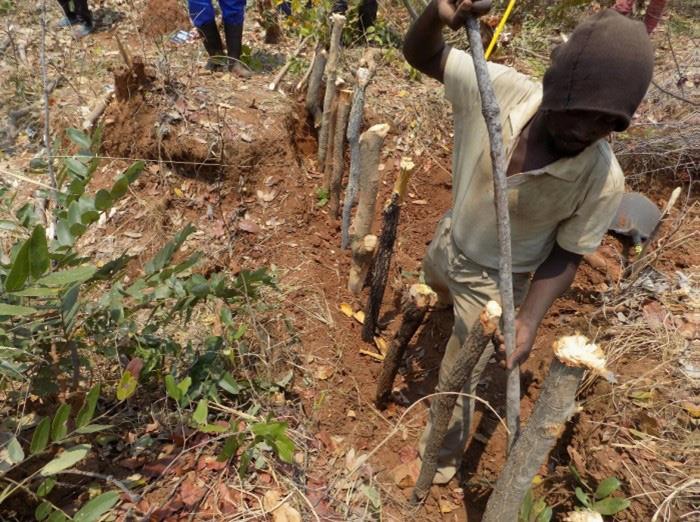
Photo 4: Vertical poles are hammered into the trench.
Weave thin, supple branches between the support poles. Push each branch down firmly to form a dense barrier. Fit these horizontal branches right to the top of the structure (see Figure 1C and Photo’s 5 and 6).
Fill in the end gaps of the fence with branches to seal the structure so that the soil around the end post will not be washed out (see Photo 7).
- Photo 5: Long, supple branches are woven in between the poles.
- Photo 6: The woven branch fence forms a strong barrier.
Pack a thick, dense layer of leafy branches in the front (upstream side) of the structure. Cover the branches with a thick layer of soil and compact the soil (see Figure 1D and Photo 7).
If there are enough branches, these can be packed in the gully between the branch fences to further help to slow down the speed of water flow.
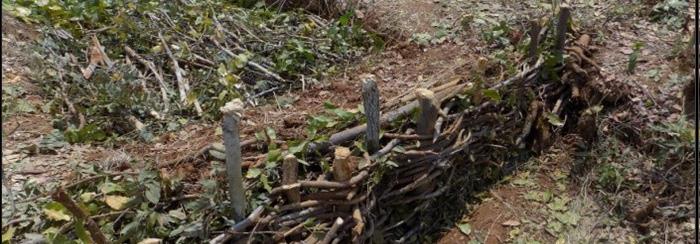
Photo 7: Leafy branches that are covered with a thick layer of compacted soil are packed in front (upstream side) of the branch check.
Important note
Harvest brush in such a way that at least half of the plant remains.
This means that much of the plant material will have to be harvested further away from the treated area. If all the plant material in the area is removed, it will simply cause additional soil erosion. Try to use plants that will easily sprout again after cutting the tree or shrub.
Contact details of Ken Coetzee, Wallie Stroebel and Bruce Taplin: 4 Chestnut Street, Heather Park, George, 6529, South Africa Cell Ken: +27-76-227-5056; Wallie +27-82-493-1441. Website: www.conservationmanagementservices.co.za.

